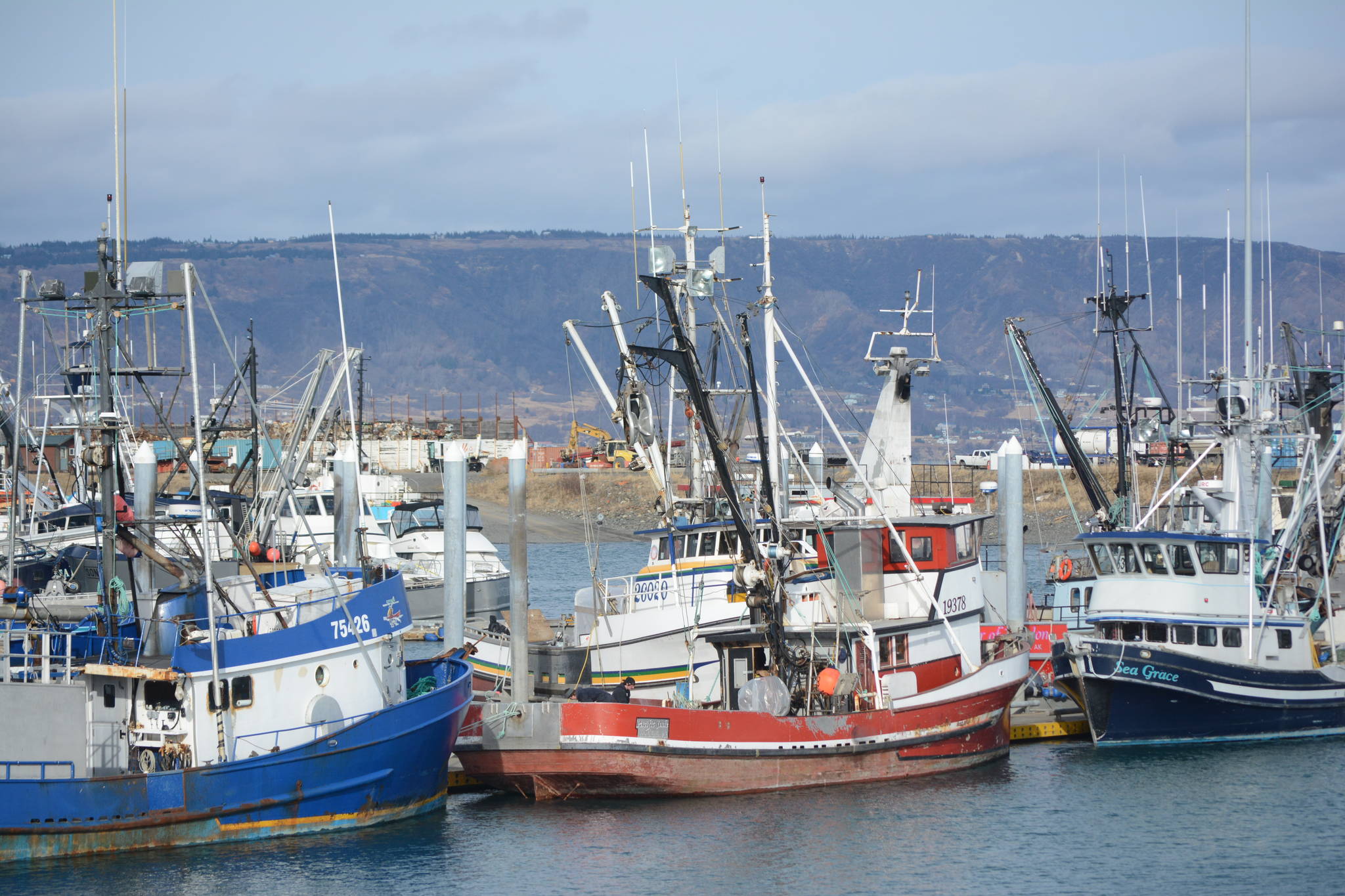As the 2019 halibut season wrapped up on Nov. 15, Homer reclaimed its spot at the top of the ports with a total of 2.51 million pounds landed, compared to Kodiak with 2.05 million pounds. Seward came in third with 1.97 million pounds, according to the National Marine Fisheries Service.
The season ended with 93% of the 17.7 million pounds allocated to Alaska fishermen being caught before the closure, but also a precipitate drop in pricing at the end of the season.
That drop is not unusual, where the last two to three weeks of the eight-month season see a combination of challenges with markets, shipping, weather and delivery issues, as well as competition on the East Coast with Canadian halibut.
Prices a few weeks before the closure saw prices of around $6 per pound, which fell to $4 to $4.60 per pound in the final push.
Mild weather late in the season also led to many boats trying to clean up their quota at the end, but fishing was spotty according to several reports.
Landings usually fall off in the summer when many boats focus on salmon, and landings in Alaska fell from a high in June of 2.68 million pounds, mostly caught in the early part of the month, to 1.57 million pounds in July.
Landings gradually picked back up with 2.85 million pounds landed in September, then fell back off with 1.13 million pounds delivered in November.
Southeast Alaska fared fairly well in landings, with Sitka leading the pack at 1.21 million pounds, and Petersburg not far behind with 1.17 million pounds.
In something of a surprise, 1.22 million pounds of halibut were left on the table, mostly from areas in the Bering Sea and Aleutian Islands. Those areas have had a hard time finding fish in the recent past.
Those areas are also responsible for sablefish landings falling well below their quota, with the Aleutian Islands landing only 29% of the quota, and the Bering Sea landing 60%.
Otherwise, sablefish landings largely favored Southeast, which caught 96% of the 6.58 million-pound quota for the area, and 97% of the Western Yakutat quota of 3.5 million pounds.
The total sablefish quota was nearly 26 million pounds.
Meanwhile, the International Pacific Halibut Commission is holding its interim meeting this week, and preliminary information indicates that if commissioners follow the guidelines of biologists and survey trends, quotas should be expected to drop.
A PowerPoint sent out prior to the meeting detailing trends seen in the coast-wide survey indicates that numbers are down coast-wide, as well as the weight per unit of effort, both of which have been dropping for several years.
There are some indications, however, that stocks may be ticking up in some areas, specifically Southeast Alaska and British Columbia.
Commissioners in recent years have been reluctant to drastically cut quotas to keep up with the trends partly due to pressure from coastal communities that rely on the fishery.
Halibut have been in decline for several years, and biologists have not been able to determine a definitive cause.
However, other groundfish species, specifically cod, are crashing, and many signs point to a massive warm water phenomenon in the Pacific known as “the blob.”
Between 2014 and 2016, sea surface temperatures rose from 4 to 5 degrees Fahrenheit, and the cod started to disappear.
The cod quota for the Gulf of Alaska in 2018 was cut 80%, and a flyer sent out by the NMFS stated that scientific information “suggests that this decline is the result of an unusually warm mass of water (the ‘blob’) that persisted from 2014 through 2016.”
It added that “the warm water increased the metabolism of cod while reducing available food, resulting in poor body condition and increased mortality. The warm water also impacted cod egg production and larval survival, greatly reducing recruitment during these years. The lower number of adult and juvenile cod will affect the population and fishery for several years to come.”
The “blob” is back again this year, according to recent reports.
Cristy Fry can be reached at realist468@gmail.com

